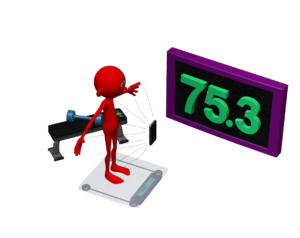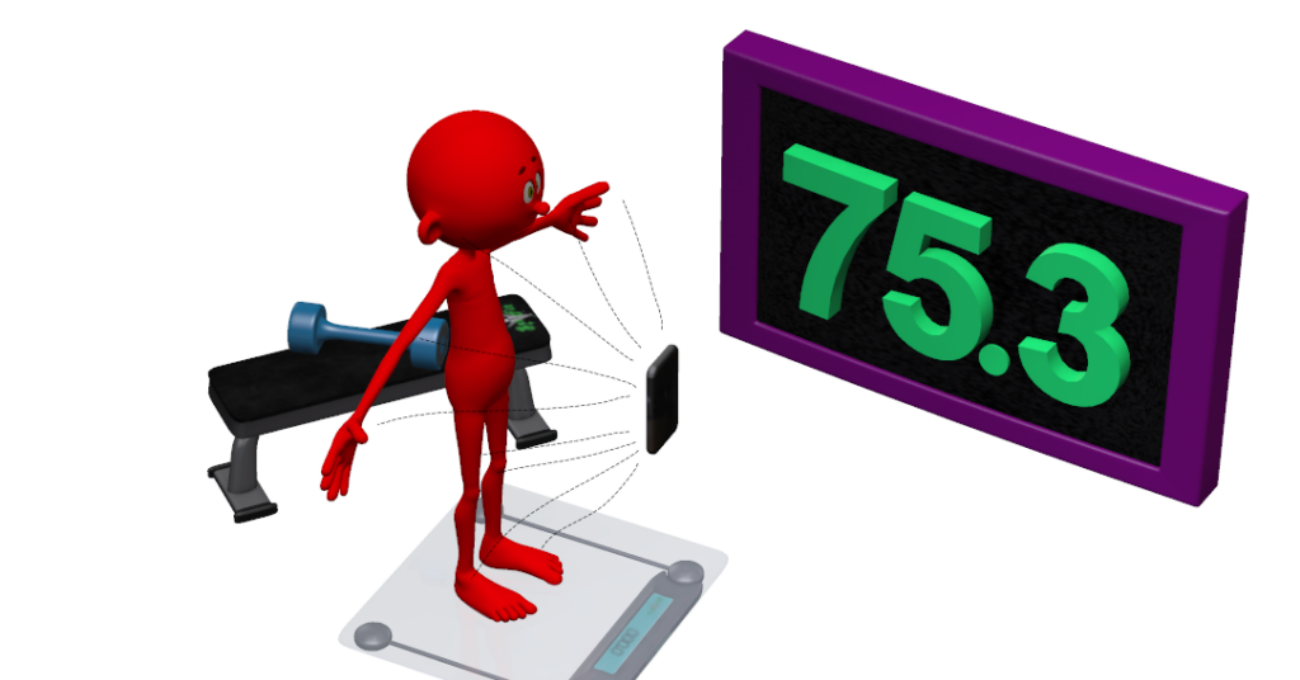Tracking the trivial
Estimated Reading Time: 2 min, 36 sec
Awareness of the importance of physical activity (PA) for health and wellbeing has ballooned thanks to various public health initiatives. That appreciation for the value of PA has however rarely translated into action as levels of inactivity in most populations have remained unchanged (Szymczak et al., 2020). This gap between meaning to do something and actually doing it, the intention-action gap, is described by Sheeran and Webb (2016) who have explained that unfortunately intention does not guarantee behaviour change. They offer that great intentions are often derailed when people fail to (or cannot) monitor their progress towards a goal. In a way it seems the inability to close the loop on their goal or intention feels as if they are stuck on an endless hamster wheel of futility.
Szymczak et al. (2020) studied the responses of 1000 male and female intending exercisers over 6-month periods, finding that participants only considering that they had changed their activity behaviours when they could report a substantive increase in their vigorous PA. Interestingly, participants routinely discounted any increases in low-to-moderate PA. I’ve already commented (About bouts; Feb 1, 2021 https://the10thman.org/exercise-prescription/warrior/) that I feel the widely promoted threshold of 150 mins of moderate to vigorous PA/week may be too challenging and overwhelming for many novice exercisers. Ignoring or trivialising any additional PA has to be counterproductive to at least mentally progressing towards one goal. We know that every minute of PA added to our normal routine has some benefit. As Szymczak et al. (2020) argued, a perception of change may be crucial for individuals to have faith in their ability and commit to their goals. A key observation from their study was that those who reported that they were habitually physically active, based that feeling on their vigorous PA. For all intents and purposes, these participants had eliminated low-to-moderate PA from their routines.
One would have to think that the various media and social media have helped drive these misperceptions of what meaningful PA actually looks like. Their emphasis on celebrity fitness and more novel and extreme forms of exercise have demeaned the value of any incidental and lower intensity PA and movement. As exercise professionals, we normally seek to emphasise any positive improvements in PA, but we perhaps guilty of overlooking the minor (but beneficial) changes that occur. 

I’m wondering here whether wearable technologies have something to offer in this space? Certainly ‘wearables’ have taken a bit of a thrashing recently in the academic literature. Laranjo et al. (2020a) found that various activity trackers promoted only small to moderate changes in PA but another of their studies (Laranjo et al., 2020b) reported that overweight participants found that activity trackers were demotivating and associated with negative feelings about PA. Kerner and Goodyear (2017) found that wearable activity trackers seemed to decrease confidence and resulted in undue external (comparisons with others) and internal (feelings of guilt) pressures. With similar findings, Blackstone and Herrmann (2020) suggested that activity trackers were resulting in some negative and compensatory responses. They cited the absence of rest days and the pressure to make up missed sessions as examples of these concerns.
Not that activity monitoring is worthless! Clearly there have been many documented and anecdotal successes. However, there is some cynicism about the darker side of constant surveillance and self monitoring. I wonder whether wearable activity trackers can offer regular accounting for the incidental and lower intensity activity that participants in Szymczak et al.’s (2020) study were so ready to discount. With the right professional support (and short-term use) wearables may help would be exercisers realise that they have increased their PA and contributed positively to their health and wellbeing. These gadgets might help some individuals recalibrate their perceptions of useful and pointless physical activity.
References
- Blackstone, S.R., Herrmann, L.K. (2020) Fitness Wearables and Exercise Dependence in College Women: Considerations for University Health Education Specialists, American Journal of Health Education, 51:4, 225-233.
- Kerner, C., Goodyear, V.A. (2017) The Motivational Impact of Wearable Healthy Lifestyle Technologies: A Self-determination Perspective on Fitbits With Adolescents, American Journal of Health Education, 48(5); 287-297.
- Laranjo, L., Ding, D., Heleno, B., et al. (2020a) Do smartphone applications and activity trackers increase physical activity in adults? Systematic review, meta-analysis and metaregression. Br J Sports Med Epub ahead of print:. doi:10.1136/ bjsports-2020-102892
- Laranjo, L., Quiroz, J.C., Tong, H.L. et al. (2020b) A Mobile Social Networking App for Weight Management and Physical Activity Promotion: Results From an Experimental Mixed Methods Study. J Med Internet Res 22(12) e19991
- Sheeran, P., and Webb, T. L. (2016). The intention – behavior gap. Soc. Personal. Psychol. Compass 10, 503–518.
- Szymczak, H., Keller, L., Debbeler, L.J. et al. (2020) An Increase in Vigorous but Not Moderate Physical Activity Makes People Feel They Have Changed Their Behavior. Front. Psychol. 11:1530. doi: 10.3389/fpsyg.2020.01530
